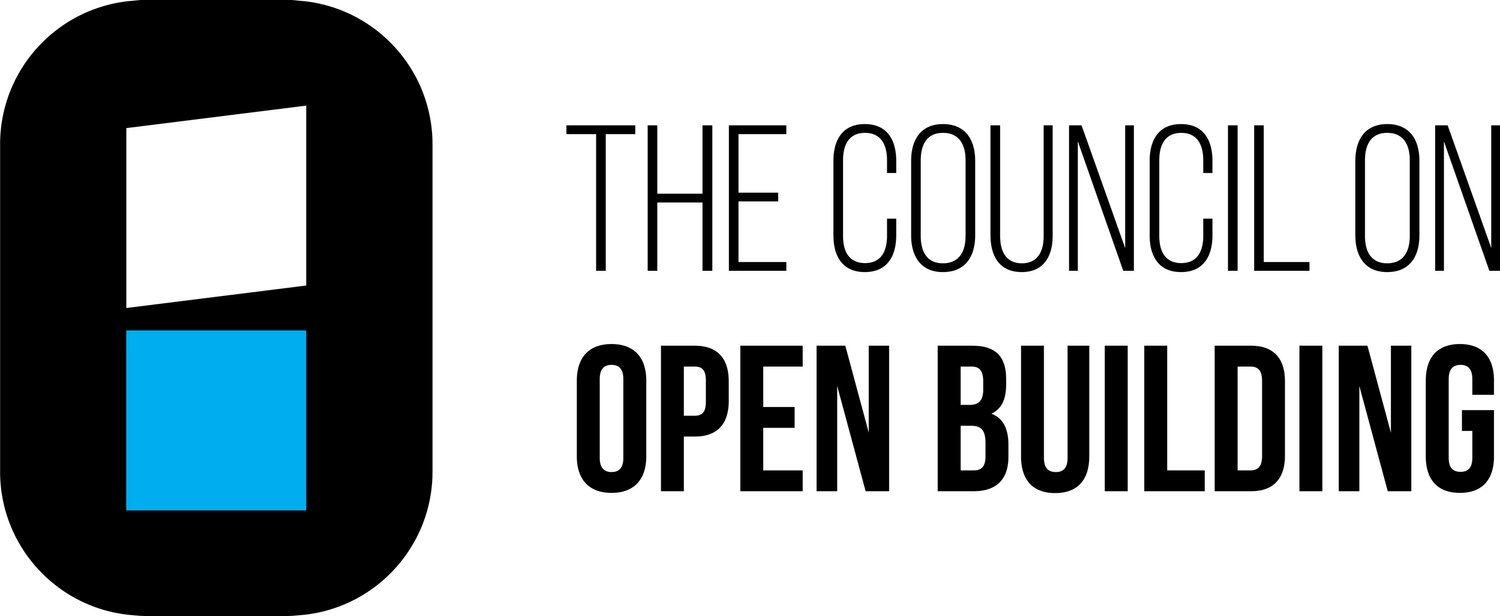Publications
Welcome to the Publications page of the Council on Open Building (COB). As advocates for time-friendly architectural approaches that foster continuous and incremental change, COB members have contributed substantially to the academic and professional discourse on the international Open Building movement. Here, you'll discover a curated collection of books authored by our members, including practice guides and precedent studies.
Open Building for Architects: Professional Knowledge for an Architecture of Everyday Environment
Open Building is an internationally recognized approach to the design of buildings and building complexes with roots in the way the ordinary built environment grows and regenerates. The Open Building approach recognizes that both stability and change are realities to be managed in the contemporary built environment.
Countless residential Open Building projects have been built in a number of countries, some without knowledge of the original theory and methods. These projects differ in architectural style, building industry methods, economic system and social aims.
Flexibility and Design: Learning from the School Construction Systems Development (SCSD) Project
This book questions flexibility as a design approach by providing a longitudinal analysis of an innovative architectural experiment called the School Construction Systems Development (SCSD) project. The SCSD pioneered the use of performance specifications to create an open, prefabricated, and integrated system of building components that provided four modes of flexibility.
Few architects or scholars have so consistently and patiently pursued such a humane and culturally vital set of radical questions related to the behaviour of the built environment as N. John Habraken. From the publication of his first book in 1960, he has quietly helped redraw the map of architectural research, education, practice, design methods and theory.
Architects and healthcare clients are increasingly coming to recognize that, once built, healthcare facilities are almost immediately subject to physical alterations which both respond to and affect healthcare practices. This calls into question the traditional ways in which these facilities are designed.





